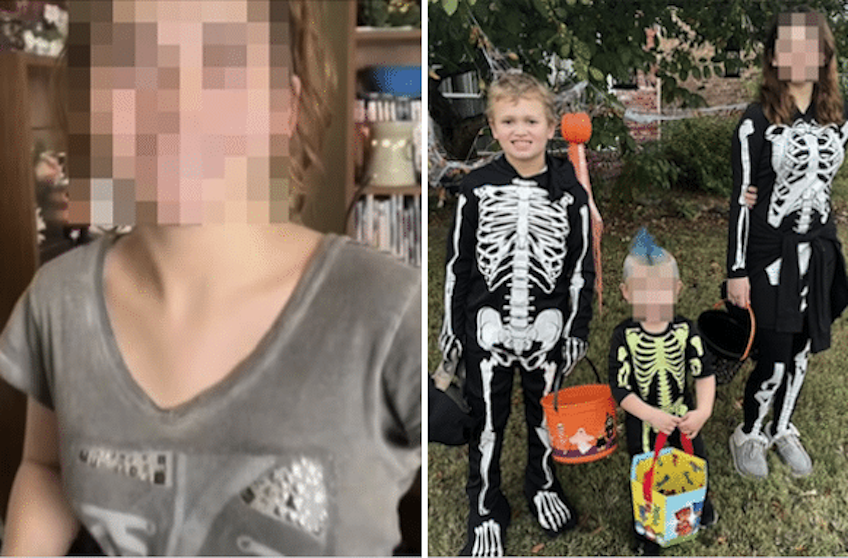METRO
4 Things To Keep Private If You Want To Be Successful In Life

Continue Reading
METRO
Fishermen saw something odd stuck on an iceberg, soon realized the unimaginable truth!
METRO
Sister killed her younger brother and will probably won’t spend a day in jail, but their mother shared the ‘signs’ she saw just two weeks prior!
METRO
Drunk Man Wakes Up In The Wrong House After Party And The Owner’s Reaction Is Hilarious
-

 SPORTS11 months ago
SPORTS11 months agoA Look Back: South Korea’s Golden Moments in Olympic History
-

 IN-THE-NEWS11 months ago
IN-THE-NEWS11 months agoSubsidy Removal Announcement Hastily Done
-

 METRO8 months ago
METRO8 months agoSon donated his late mother’s dolls to a thrift store
-

 SPORTS10 months ago
SPORTS10 months agoParis 2024 Olympics: The French water polo team is the first of the French delegation to enter the Olympic village
-

 IN-THE-NEWS11 months ago
IN-THE-NEWS11 months agoPresident Tinubu Makes Fresh Appointments (Full List)
-

 IN-THE-NEWS11 months ago
IN-THE-NEWS11 months agoPolice Rescue Missing Abia Children, Arrest Suspects
-

 HEALTH & LIFESTYLE8 months ago
HEALTH & LIFESTYLE8 months ago16 WARNING Signs You’re NOT Drinking Enough Water!
-

 SPORTS10 months ago
SPORTS10 months agoPotential Departures and Rumors Surrounding Salzburg in the Bundesliga



